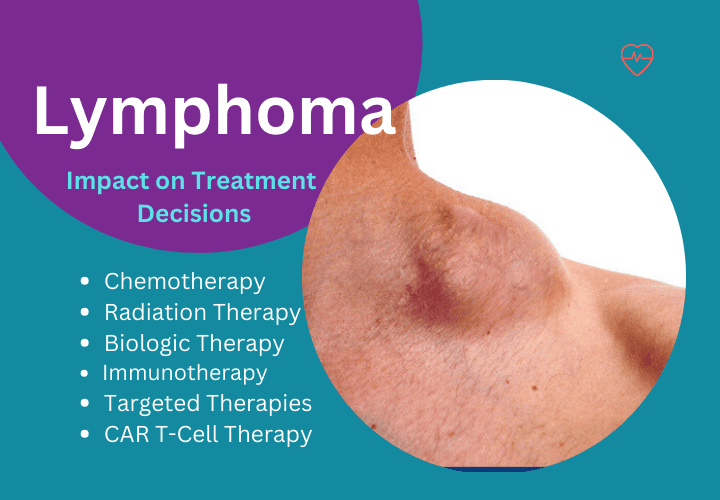Liquid Biopsy: Advantages Limitations and Outlook?

Liquid Biopsy: Advantages Limitations and Outlook?
- onco
- February 21, 2024
In modern medicine, a paradigm shift has been witnessed in the landscape of cancer diagnosis and treatment with the advent of liquid biopsy. The term refers to the process of gathering and examining biological tissues that are not solid and are mainly obtained from peripheral blood. Specifically, in the context of Prostate Cancer Treatment, liquid biopsy has emerged as a revolutionary approach, offering a non-invasive and promising alternative to traditional methods. Identifying treatment options, monitoring therapy response, research on resistance mechanisms, and cancer detection may all be aided by the analysis of these tumor-driven biomarkers. Liquid biopsy has become more prevalent in recent years due to its ease of access to tumor biomarkers and lower risk of patient complications compared to surgical biopsy. Liquid biopsy has drawbacks, just like solid biopsy, even though it might seem like a better option. Here, we will delve into the advantages, limitations, and promising outlook of liquid biopsy in prostate cancer treatment in this blog post.
Advantages of Liquid Biopsy in Prostate Cancer Treatment:
The liquid biopsy assay offers a potential substitute and helps pinpoint significant genetic changes that support cancer patients’ diagnosis, treatment, and tracking of remission and relapse phases. A liquid biopsy assay is also simple to repeat and can reveal information about the aggressive stage of the disease as well as ongoing metastases. Here, we’ll discuss some advantages of liquid biopsy in terms of cancer treatment:
- Early Detection:
Liquid biopsy enables the detection of prostate cancer at an early stage by analyzing circulating tumor cells (CTCs) or cell-free DNA (cfDNA) in the bloodstream. Improved treatment outcomes and prompt intervention depend on this early detection.
- Non-Invasive Nature:
Unlike traditional biopsy methods that require invasive procedures, liquid biopsy offers a non-invasive way to gather crucial information about the tumor. This leads to reduced patient discomfort and a lower risk of complications.
- Real-time Monitoring:
Liquid biopsy allows for real-time monitoring of treatment response and disease progression. This dynamic approach enables healthcare professionals to tailor treatment strategies based on the evolving genetic profile of the cancer, optimizing therapeutic interventions.
- Comprehensive Tumor Profiling:
Liquid biopsy comprehensively analyses the tumor’s genetic makeup, offering insights into specific mutations and alterations. This information is invaluable for personalized treatment plans, ensuring targeted therapies for better efficacy.
Limitations of Liquid Biopsy in Prostate Cancer Treatment:
Since liquid biopsy is still a relatively new technology, many obstacles prevent it from being widely used in clinical settings. This could cause a delay in the diagnosis and delivery of vital treatments that could save lives. Here, we’ll discuss some limitations of liquid biopsy in terms of cancer treatment:
- Sensitivity and Specificity:
Despite its promise, liquid biopsy may have limitations in terms of sensitivity and specificity. False positives or negatives can occur, requiring careful interpretation of results and the need for confirmatory testing.
- Challenges in Tumor Heterogeneity:
Tumor heterogeneity poses a challenge for liquid biopsy, as it may not capture the full spectrum of genetic alterations present in different tumour regions. This limitation emphasizes the importance of combining liquid biopsy with other diagnostic approaches for a more comprehensive understanding.
- Technical Challenges:
The technical challenges associated with isolating and analyzing circulating tumor components, such as CTCs and cfDNA, can impact the reliability of liquid biopsy results. Ongoing technological advancements are addressing these challenges, but they remain noteworthy considerations.
Outlook for Liquid Biopsy in Prostate Cancer Treatment:
Tyrosine Kinase Inhibitors (TKI) and immunotherapies are examples of targeted therapeutics that can be personalized thanks to precision medicine, which has transformed patient care. Here, we’ll discuss some prospects for liquid biopsies in cancer treatment:
- Integration into Clinical Practice:
The continuous refinement of liquid biopsy technologies is paving the way for its integration into routine clinical practice for prostate cancer. As the reliability and accuracy of liquid biopsy improve, it has the potential to become a standard tool for diagnosis and monitoring.
- Enhanced Targeted Therapies:
The in-depth genetic profiling provided by liquid biopsy opens avenues for the development of more precise and targeted therapies. This personalized approach holds the promise of improved treatment responses and reduced side effects.
- Research and Development Initiatives:
Ongoing research and development initiatives focus on expanding liquid biopsy applications in prostate cancer treatment. This includes exploring its role in predicting treatment response, identifying resistance mechanisms, and guiding therapeutic decision-making.
- Collaborative Efforts in Biomarker Discovery:
Collaborative efforts among researchers, clinicians, and pharmaceutical companies are crucial for advancing biomarker discovery through liquid biopsy. Identifying reliable biomarkers will further enhance the diagnostic and prognostic capabilities of liquid biopsy in prostate cancer.
In summary, liquid biopsy stands at the forefront of innovation in prostate cancer treatment, offering a paradigm shift in diagnostics and personalized therapy. While acknowledging its advantages, it is essential to navigate the current limitations with caution. The emerging landscape of liquid biopsy holds immense potential, and as the technology progresses, it is poised to play a significant role in shaping the future of prostate cancer management. As we enter this era of precision medicine, the promise of liquid biopsy treatment in changing the landscape of prostate cancer treatment is truly a ray of hope for patients and health care professionals.
Recent Posts
-
Signs of Stomach Cancer: Diagnosis and Treatment
April 18, 2024
-
The challenge of young women with breast cancer
March 5, 2024





Leave a Reply